If you ask someone like me what a box camera was for they would likely say: “… to allow photos to be taken with the minimum of input from the photographer”. Or, as Kodak originally pitched it more succinctly, “you press the button, we do the rest”.
Over the past few months I have been exploring the capabilities and user experience of the second iteration of Kodak’s original 1888 box camera. It was introduced in 1901 along with 120 film which was originally designed for this particular camera, Kodak’s practice at the time matched films to cameras (The Brownie Page). It accounts for the long leader, the backing paper having to cross three sides of the camera when loading.The camera went out of production in 1933 when 620 took over so successfully while the film is still available, unlike 620.
There are some controls on these cameras but the original user manual (Orphan Cameras) gives dire warnings of using anything other than the default set with bright sunshine over your shoulder. Any other settings, other than to deal with the special circumstances that are carefully detailed, was strongly discouraged.
So, just point it and shoot!
The huge numbers of simple cameras, film and digital, produced in the late 20th century sought the same simplicity of operation, some with fixed focus and minimal controls and these cameras not unexpectedly came to be known as Point and Shoot cameras, or P&S.
A while back I also looked at an Ensign All Distance box camera from the 1920s and a Box Tengor from the 1950s which were more advanced box style cameras compared to the Kodaks, an option seen with the more modern P&S types which also had better specified models available in their ranges. I have also looked at a couple of these better P&S models recently on this site, the Minolta AF-E II and the Pentax Zoom 60, both with much higher specifications but with the same basic design objectives. The Vivitar sits almost but not quite at the bottom of this pile.
The siren song rang out.

When this China-made Vivitar P&S from the late 1990s came up recently for around the price of a roll of film I was tempted and wondered how the experience of using such a simple camera would compare with the Kodaks. It is basically the same concept but in modern form with modern features and materials. It is fixed focus like the Box Brownies, but has a built in flash and motor wind/rewind, and that is about it.

The other thing that drew me to it was the “Big Finder” designation, a major plus over the Brownies or even the others I have handled. This seems to have been quite a fad for manufacturers in the 1990s with quite a number of models on offer.
From having used Voigtländer’s Kontur finder and their subsequent 1:1 finders on Vitos and a Vitomatic I have appreciated the immersive experience these finders provide, shooting with both eyes open and having the frame apparently floating on the view before you. I wondered if this big finder would have a similar effect, though it doesn’t seem to be fully 1:1, approx. 3/4 life size in fact.
The camera
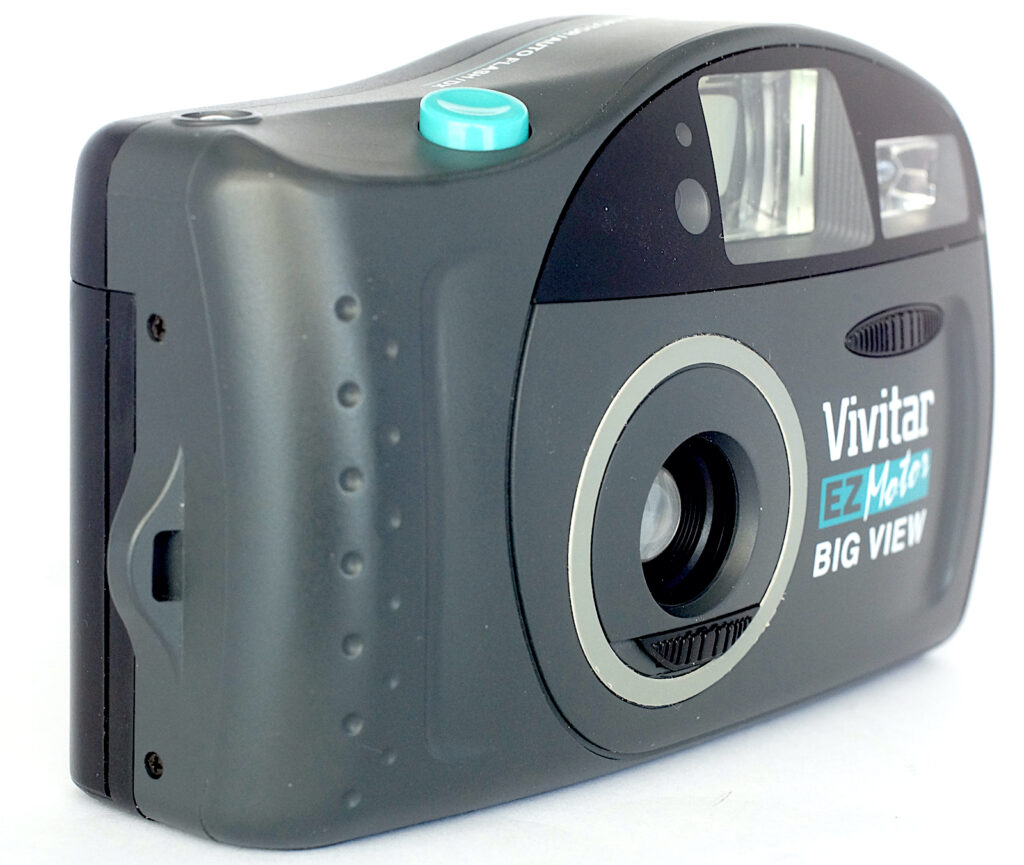
The Vivitar EZ Motor Big View is manufactured from mainly plastic mouldings and is well finished. Made in China, under the licensed Vivitar branding, and aiming at the remaining popular film market in the late 1990s, this is a fairly small camera shaped to fit in the hand comfortably.
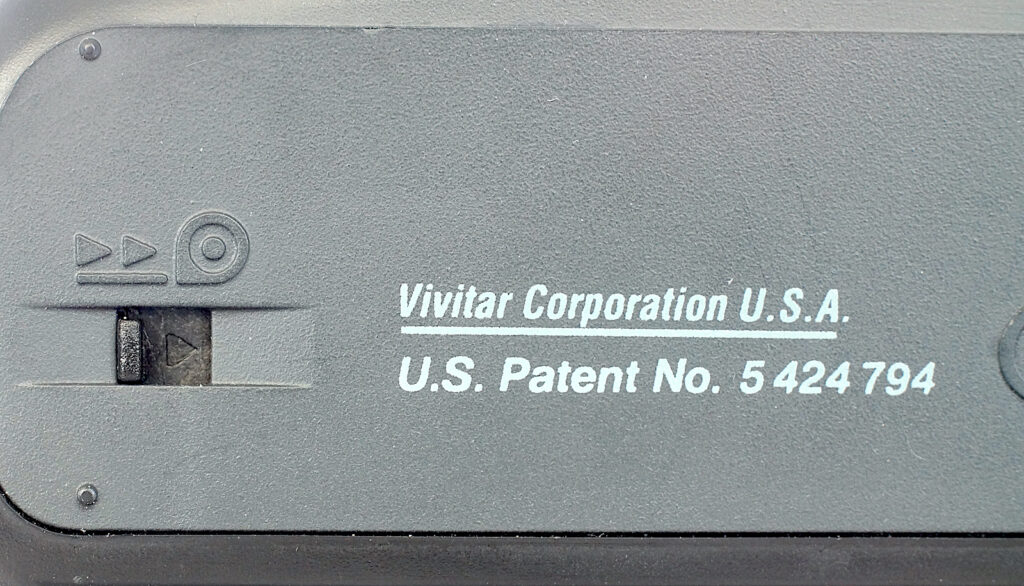
It has only three controls, a sliding cover for the lens, which switches the camera on and off and a shutter release. A third, small, sliding catch is provided in the base to activate the rewind. Film speed is sensed by DX coding and the motor drive loads, winds and rewinds. It uses a couple of AA batteries, a basic type that can be found just about everywhere. These must also power the exposure control as I cannot find any other battery location. Some of this type of camera have a button battery to power the exposure side of operations for a more stable output.
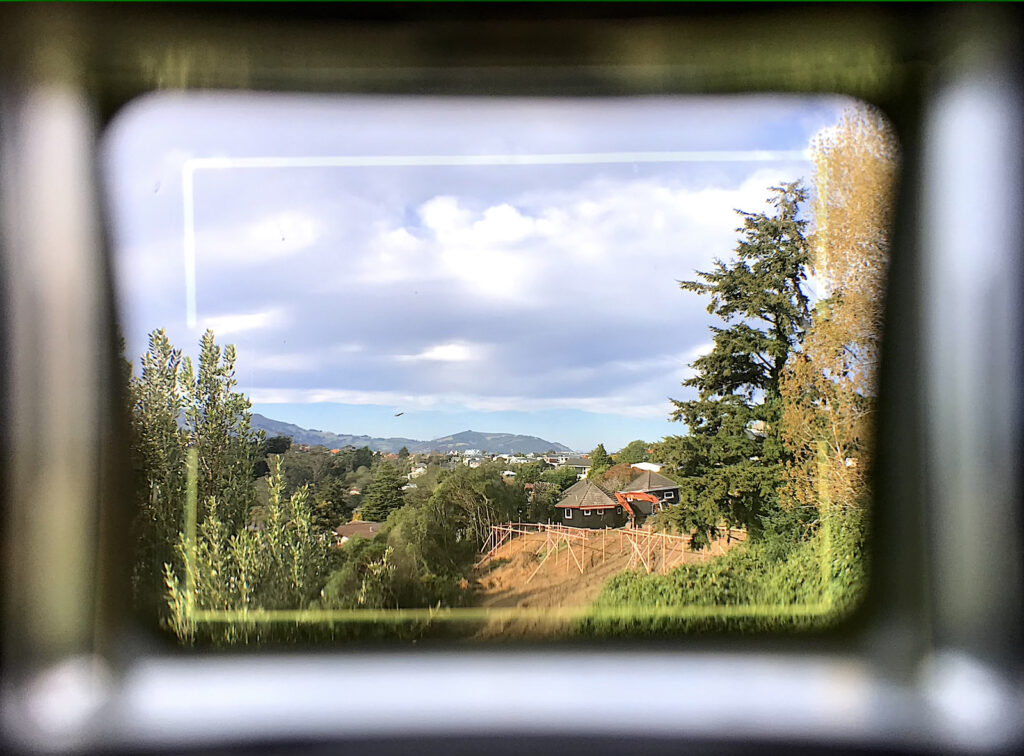
The Vivitar EZ Motor Big View finder is not life size but is fairly effective without glasses but my specs don’t allow me to see the whole reflected frame easily. The frame is very close to the finder surround so even ignoring the frame gives a reasonably accurate view. It is possible to keep both eyes open because, even though the images do not coincide, the finder is bright enough to stand out. It does seem a little sensitive to viewing angle.
I have been unable to turn up much more information other than what is provided on the label I have seen on the back of some cameras advertised, but missing here, so I am assuming the shutter speed is fixed and the aperture varies with ambient light levels or as needed for flash if it is deployed. There are two sensors alongside the finder, one I assume is for exposure and the other for flash control. My results appear to confirm this.
The Collection-appareils web site has most information on this and other large finder models, and states that the camera was made in China using the Vivitar brand name, as well as others, under licence.
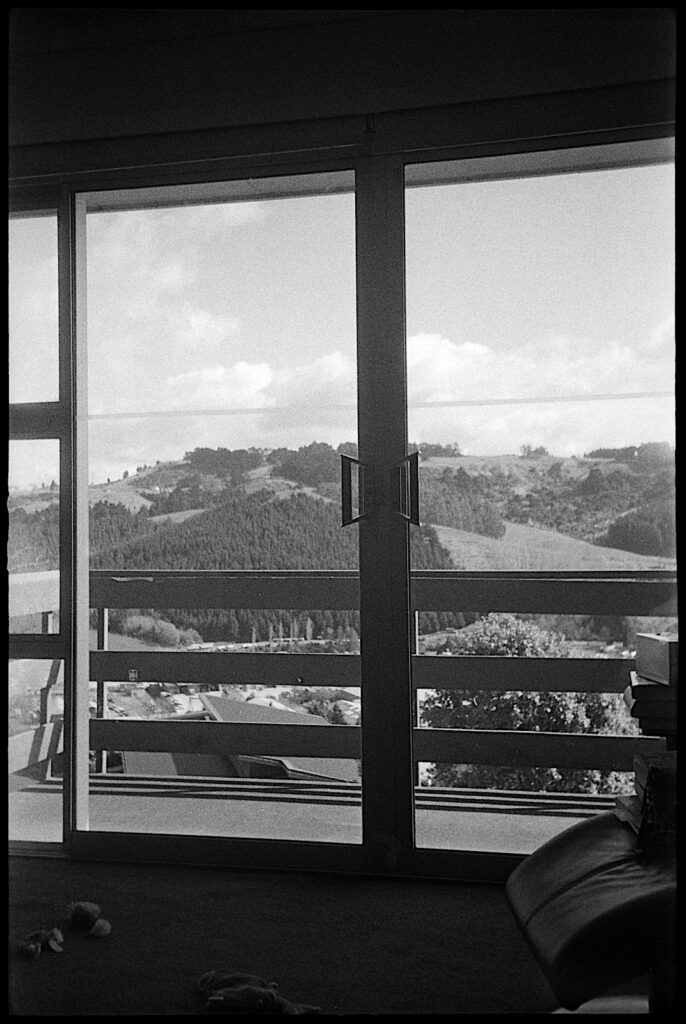
The Vivitar EZ Motor Big View lens is a 35mm f5.6 three element fixed focus but my results show it to be a creditable performer within its limits. Lack of focussing is the main one but otherwise it is sharp where it can be and well corrected with no hint of distortion. Flare also seems well controlled, none of my shots into the light show any flare despite the lens not having minimal shading.
There have been a few versions produced, some are simpler and mostly manual wind plus some with a more advanced specification with features like this one’s autowind plus auto focus and date imprinting capability.
A neat pouch case and wrist strap are provided with the one I have here.
The Vivitar EZ Motor Big View shooting experience
Bearing in mind the recommendation to use ISO 400 film, I loaded some HP5+ for my first outing and snapped away. Working depth of field around the approximate hyper-focal distances I estimated 4 and 12 metres, at f5.6 and minimum aperture respectively.

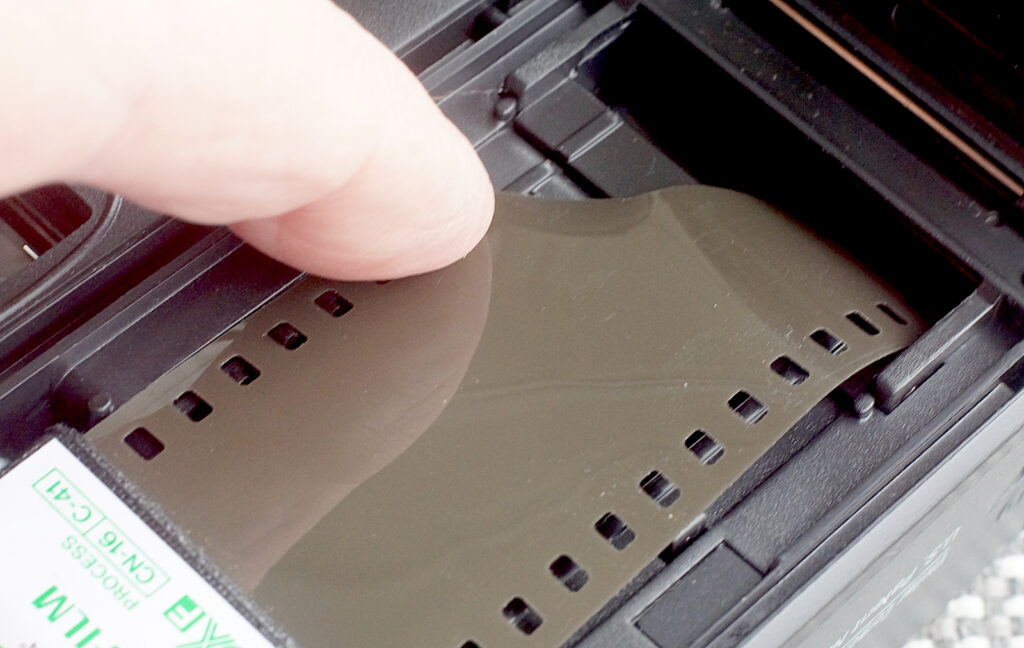
To load, film is simply threaded into the take-up chamber.
Loading the film is one of the simplest methods for a standard 35mm cassette I have yet seen. The end of the film is simply pushed into a slot at one end, pressed down to ensure the cogs are engaged in the perforations and the back closed. Two releases of the shutter brings frame #1 into position. The film is allowed to curl up in the take-up chamber, similar to Agfa’s Rapid cassettes, removing the cost and complexity of a spool. The film counter is tiny and not all that easy to see.
On rewinding the motor stops just before the end of the film disappears into the cassette, a handy feature making processing easier.
Just pointing the camera and releasing the shutter is a very similar experience to using a ‘phone or a digital compact. So much so, I often found myself holding the camera out in front of me and looking for the screen on the back!
Results
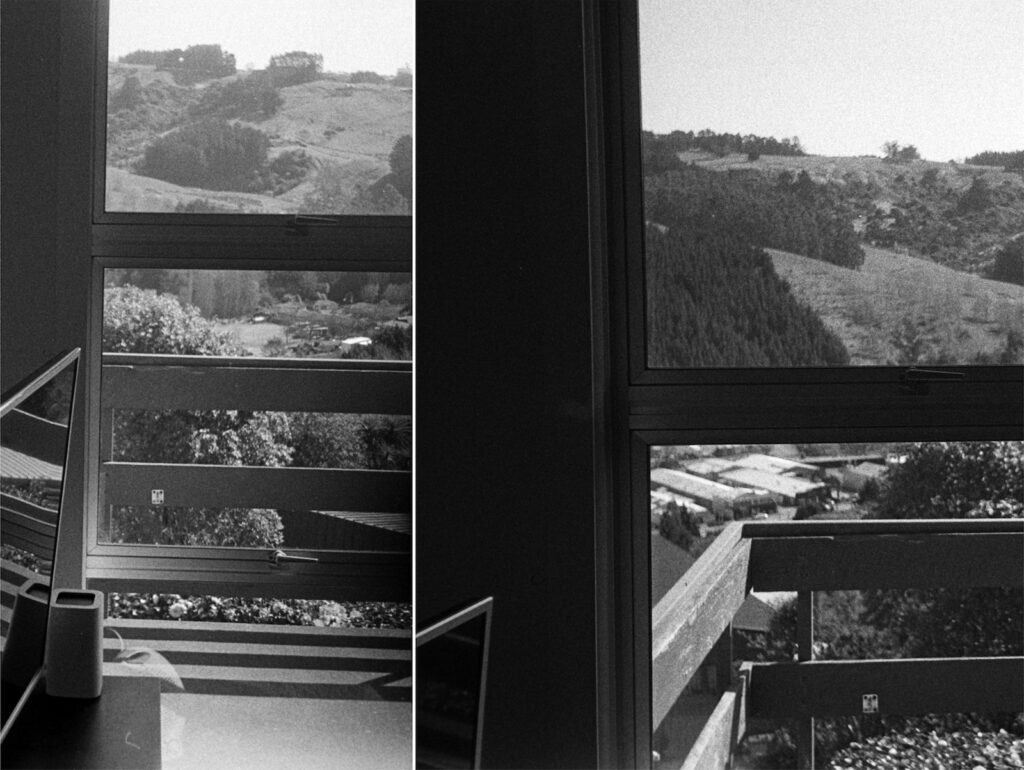
I took a couple of test shots at two distances, first of an open landscape through a window and second, after moving back a couple of paces, of half window, half interior to test my hyperfocal and exposure control theories. There is good depth of field in both.
The whole film was evenly exposed when flash wasn’t used producing consistent exposure control. Flash exposures are slightly overexposed compared to the rest.
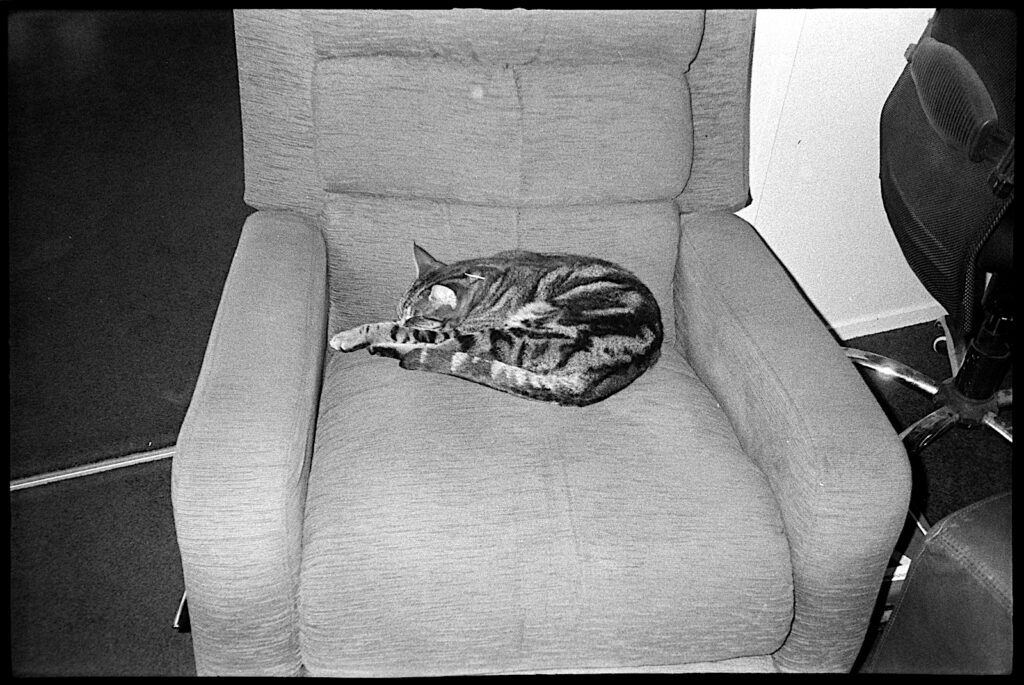
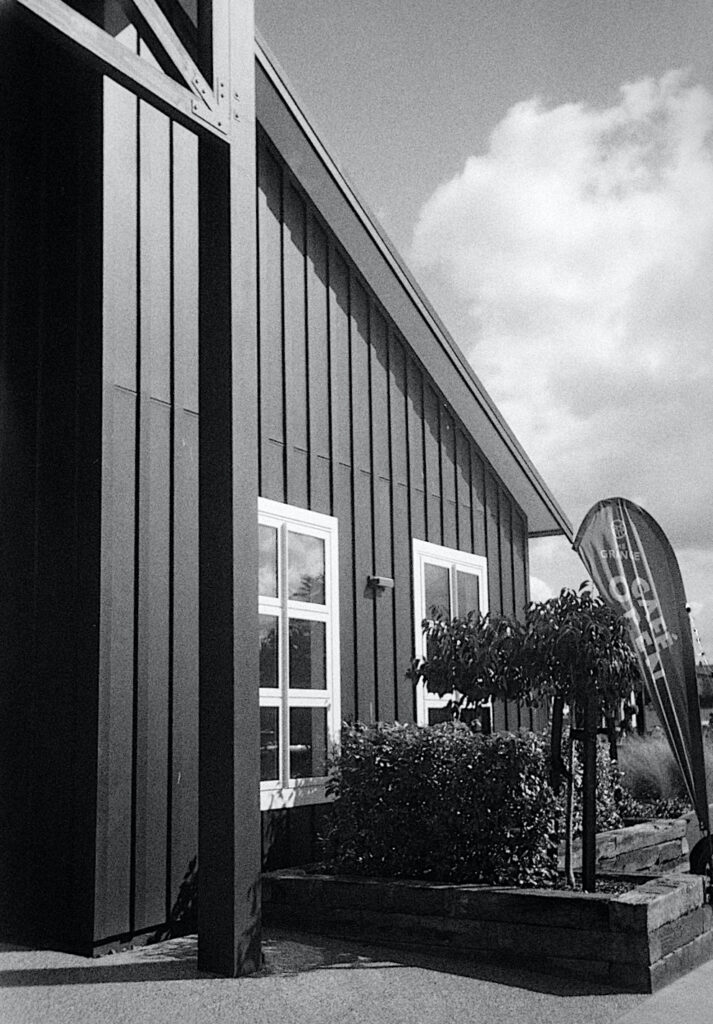
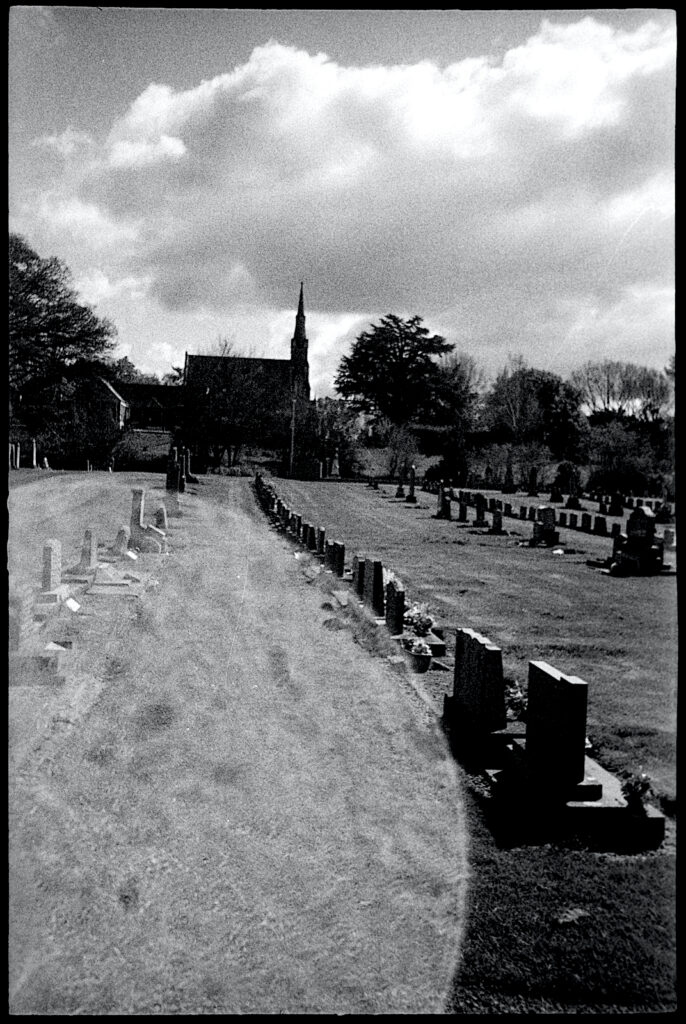



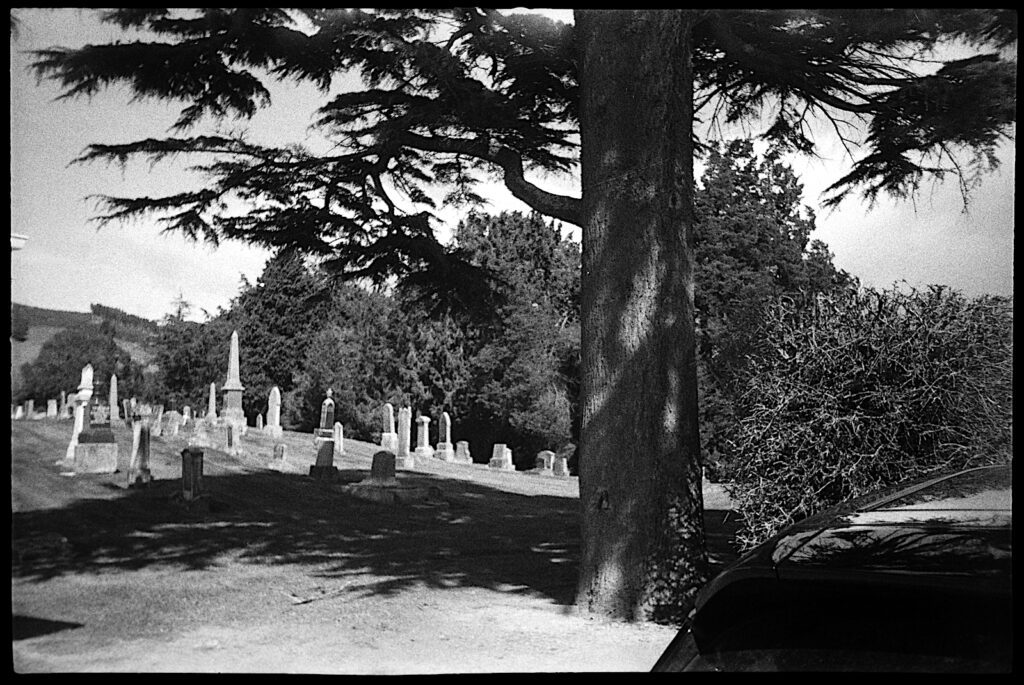


Final comments
I must say, the experience of shooting the Vivitar EZ Motor Big View is very similar to using a box camera like the Brownie or a modern digital or ‘phone. Because of the autowind and auto flash, shooting flows very smoothly. For example, the two shots of my grandson, the first in the sun by his car and the second in shade when the flash fired automatically, required no thought from me other than to frame the shots and press the button. In the flash shot, I misjudged the distance and he is a little too close to the camera. The back of the car is sharper but he is just a tad soft.
Overall I am quite impressed with this camera. A zoom lens autofocus model would be the icing on the cake and would come as close to the modern day digital experience as anything but with the bonus of a film image with all its charms. The Pentax Zoom 60 I reviewed a while back came close but a longer zoom would be preferable.
If you are interested in my other articles on the cameras mentioned, they can be found if you visit my profile via the link below or enter the names in the site’s search field.
Share this post:




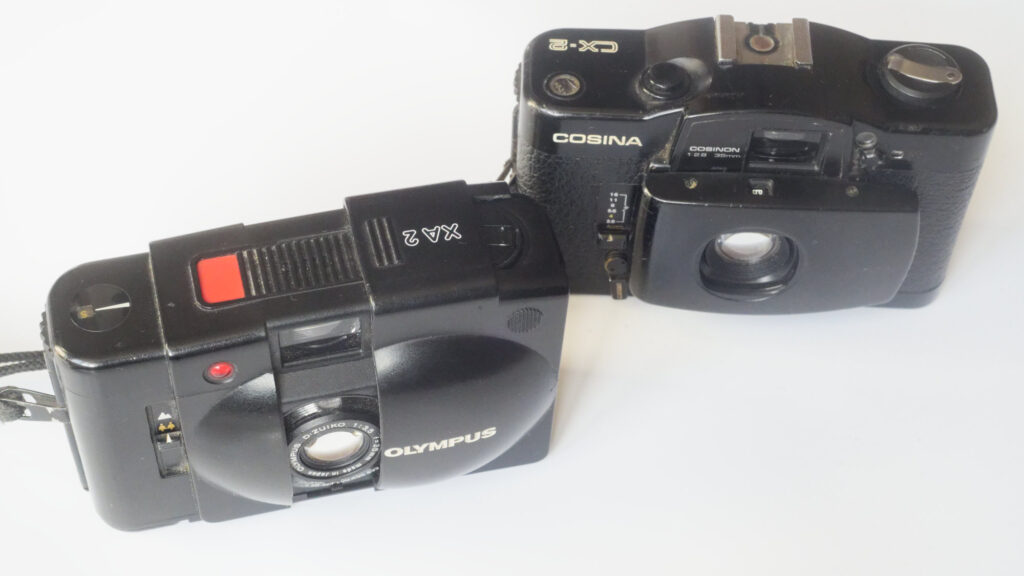
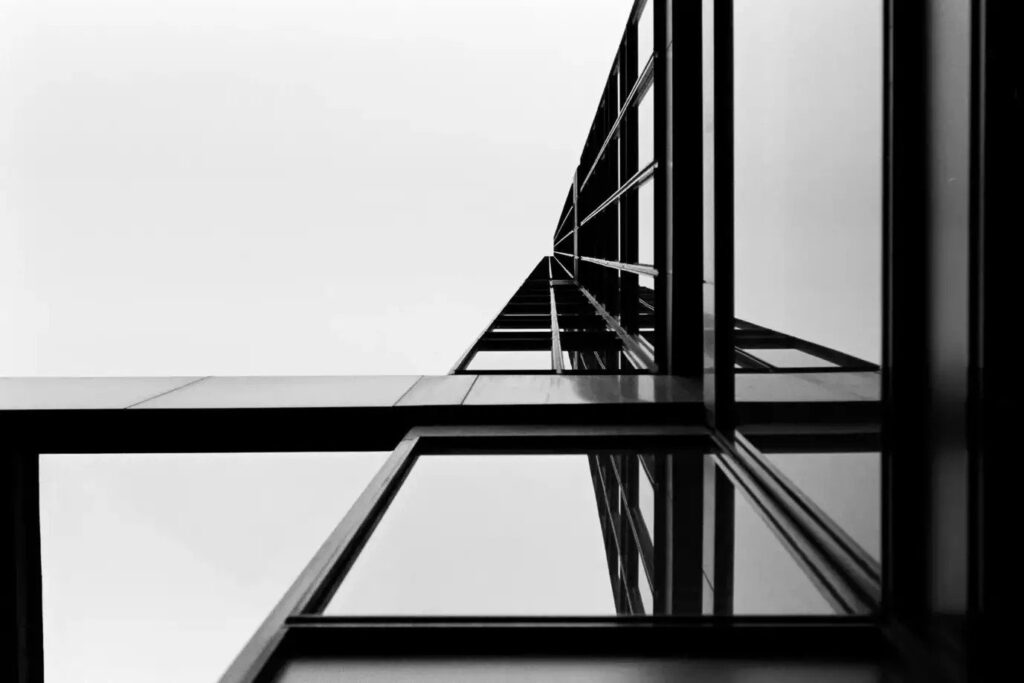


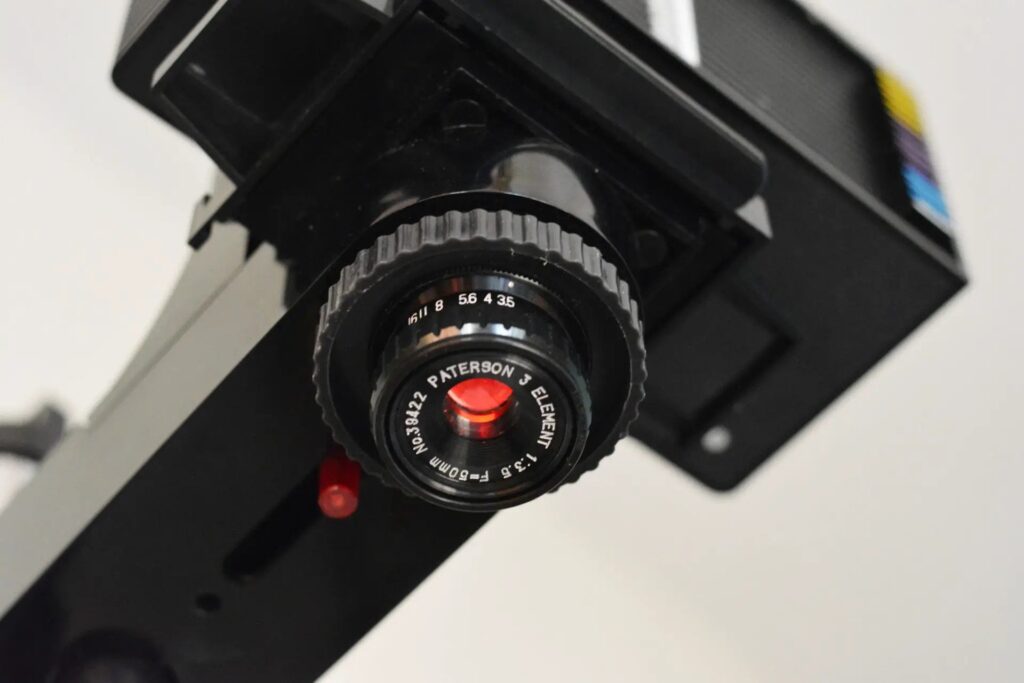
Comments
Charles Young on Vivitar EZ Motor Big View – A modern box?
Comment posted: 07/11/2025
I want to see your results with the antique Kodak Box camera. I am
quite fond of my box cameras: I have ones like yours ... one coverted to "Pinhole", one mint original, a plastic Hawkeye (Got a lot of use til I graduated to an Argus 21).
The old Kodak box camera does OK. I have been loading it with ASA 400, then holding a red filter over it to bring out clouds. The box cams do pretty well with the big negatives and the simple menicus lens.
i intend to use it for portraits ... hold a close up lens made from cheap "reading glasses" from the Dollar Store. A "+2" readiing glass lens should give a camera to subject distance of 1/2 meter. Wish I had thought of that years ago.
Comment posted: 07/11/2025
Curtis Heikkinen on Vivitar EZ Motor Big View – A modern box?
Comment posted: 07/11/2025
Comment posted: 07/11/2025
Gary Smith on Vivitar EZ Motor Big View – A modern box?
Comment posted: 07/11/2025
Great shots Tony!
Comment posted: 07/11/2025
Jeffery Luhn on Vivitar EZ Motor Big View – A modern box?
Comment posted: 07/11/2025
If the camera was not identified, I would have thought the shots were from a standard 35mm SLR. There's nothing to indicate otherwise. The camera was a well designed tool for the non-photographer, but in your hands it can be a 'grown up camera.' Is the lens glass? Coated? It seems so good.
Thanks for the article.
Jeffery
Comment posted: 07/11/2025
Geoff Chaplin on Vivitar EZ Motor Big View – A modern box?
Comment posted: 08/11/2025
Comment posted: 08/11/2025
Ibraar Hussain on Vivitar EZ Motor Big View – A modern box?
Comment posted: 08/11/2025
Simple fixes focus camera people would immediately dismiss
The huge bright finder is something I love and something which makes the experience of taking pictures so much more immersive and always results in pleasing photographs -
You’ve absolutely nailed the photos - apart from you signature masterful tones they’re razor sharp and with such pleasing contrast
Fantastic
Comment posted: 08/11/2025
Chris Giles on Vivitar EZ Motor Big View – A modern box?
Comment posted: 10/11/2025
Comment posted: 10/11/2025